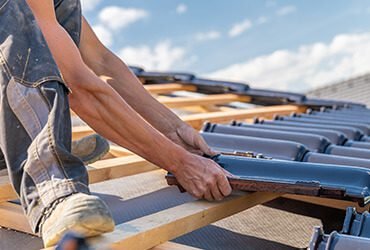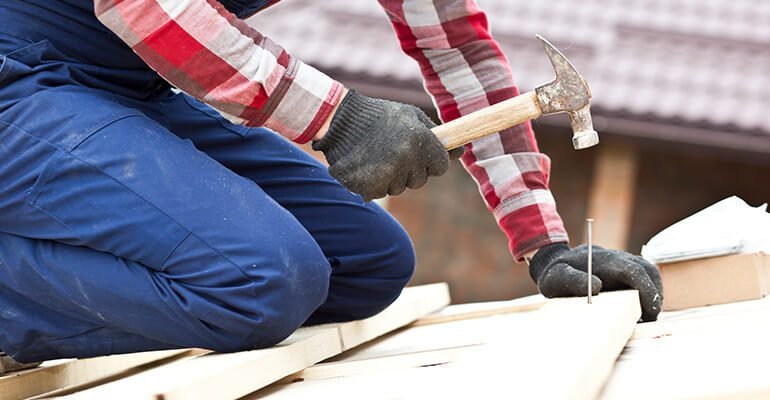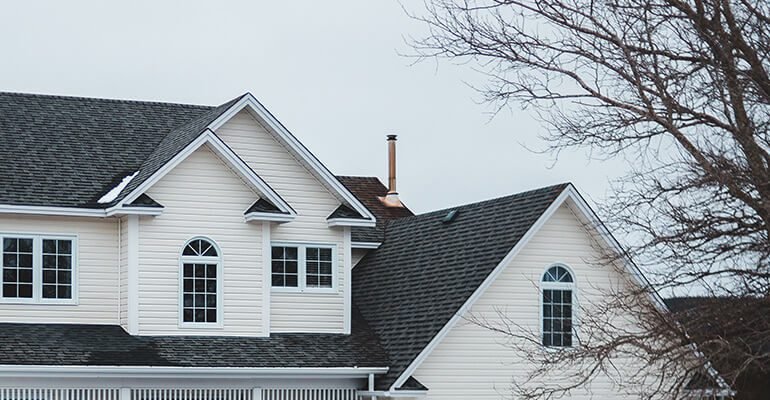Roof underlayment and flashing
Roof underlayment and flashing are two important components of a roofing system that play a crucial role in protecting a building from water damage. In this post, we will delve into the details of roof underlayment and flashing, explaining what they are, how they work, and why they are important.
Roof underlayment is a layer of material that is installed under the roofing material to provide an extra layer of protection for the roof. It is often made of a synthetic material such as felt paper, rubberized asphalt, or a synthetic polymer. Roof underlayment is installed on top of the roof deck and under the roofing material, and serves as a secondary water barrier in case the primary roofing material fails.
Roof flashing is an important component of a roofing system because it helps to prevent leaks and water damage to the roof and the building.
Roof flashing is a thin material, usually made of metal, that is used to seal the joints and seams on a roof. It is typically installed around areas of the roof that are prone to leaks, such as chimneys, skylights, and vents. Roof flashing is designed to prevent water from seeping through these joints and into the building.
Roof underlayment works by providing a layer of protection between the roof deck and the roofing material. It acts as a barrier to prevent water from seeping through the roof and into the building. When installed properly, roof underlayment can help to prevent leaks and water damage to the roof and the building.


Roof flashing works by sealing the joints and seams on a roof, preventing water from seeping through these areas and into the building. It is typically installed around areas of the roof that are prone to leaks, such as chimneys, skylights, and vents. When installed correctly, roof flashing helps to prevent leaks and water damage to the roof and the building.
Roof underlayment is an important component of a roofing system for several reasons. First and foremost, it provides an extra layer of protection against water damage. If the primary roofing material fails, the roof underlayment can help to prevent leaks and water damage to the roof and the building. In addition, roof underlayment helps to prevent moisture from accumulating on the roof deck, which can lead to rot and other types of damage.





Leave A Comment